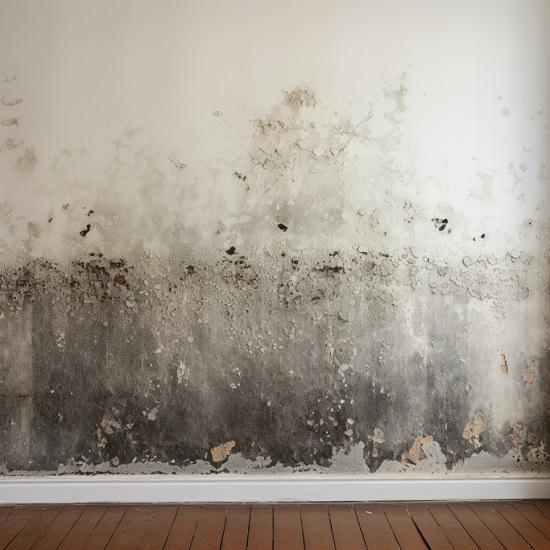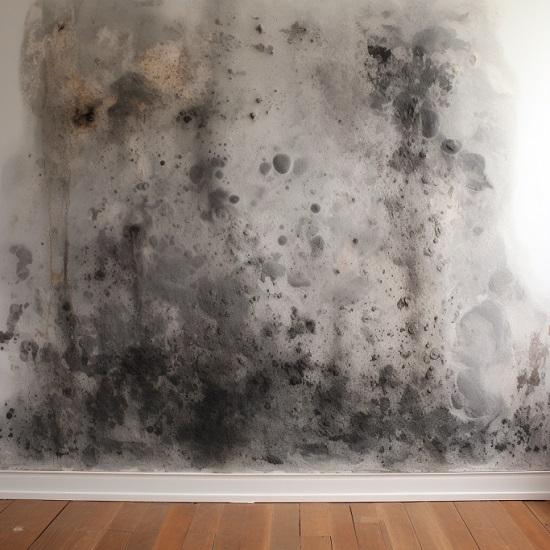Comprehensive Post Mold Remediation Procedures
Comprehensive Post Mold Remediation Procedures
Blog Article
Specialist Tips for Blog Post Mold Removal Success
In the realm of mold removal, effectively removing mold and mildew is only half the battle; truth challenge depends on stopping its reappearance. Post-remediation efforts play a vital function in making certain a mold-free atmosphere in the long-term. By sticking to skilled tips and finest practices, people can safeguard their spaces against mold and mildew renewal and maintain a healthy interior environment. It is in this stage of the remediation procedure that interest to detail and positive procedures really make a difference.
Screen Humidity Degrees Frequently
After finishing mold and mildew removal treatments, keeping ideal moisture degrees is crucial to stop mold re-growth and make certain a healthy interior environment. High moisture degrees over 60% create a helpful environment for mold and mildew to grow, making routine monitoring a positive procedure to prevent any future mold problems.
Furthermore, establishing a regular timetable for humidity checks, particularly in high-risk locations such as kitchen areas, shower rooms, and basements, is a proactive approach to mold and mildew prevention. By continually keeping track of moisture levels, building proprietors can successfully reduce the threat of mold reoccurrence and maintain a healthy and balanced indoor setting post-remediation.
Conduct Thorough Inspections Post-Remediation
Following the completion of mold and mildew remediation treatments, it is essential to conduct detailed inspections to confirm the performance of the remediation procedure. These post-remediation evaluations are important in guaranteeing that the mold and mildew concern has been successfully dealt with and that there is no reoccurrence or continuing to be mold development. Examinations must be executed by certified specialists who have knowledge in recognizing mold and mildew and evaluating interior air high quality.
During these examinations, numerous methods such as visual evaluations, air tasting, and surface area sampling might be employed to thoroughly examine the remediated locations. Aesthetic analyses entail a thorough assessment of the properties to look for any noticeable indicators of mold and mildew development or water damages. Air tasting aids in establishing the air-borne mold spore levels, while surface area tasting can detect mold particles on surfaces.
Implement Correct Air Flow Strategies
After guaranteeing the efficiency of the mold remediation procedure with detailed assessments, the following important step is to concentrate on executing correct ventilation approaches. Appropriate air flow is vital in protecting against mold and mildew reoccurrence by regulating dampness levels and promoting air circulation.
Appropriate air flow not only help in preventing mold development but likewise adds to the overall health and wellness and comfort of owners. By guaranteeing appropriate ventilation throughout the residential or commercial property, you can minimize the threat of mold and mildew regrowth and produce a healthier living setting. Routine upkeep of ventilation systems, including cleaning and filter replacements, is essential to maintaining reliable air flow. Consulting with a/c professionals can offer additional understandings right into optimizing ventilation techniques for your certain home requirements.

Usage Mold-Resistant Materials for Repairs
To boost the long-lasting effectiveness of mold and mildew remediation efforts, incorporating mold-resistant products for fixings is critical in minimizing the risk of future mold development. Mold-resistant materials are designed to Find Out More withstand dampness and hinder mold development, making them a necessary option for areas vulnerable to dampness and moisture. When repairing locations impacted by mold and mildew, using materials such as mold-resistant drywall, mold-resistant paints, and mold-resistant caulking can help protect against mold and mildew reappearance.
Mold-resistant drywall is a superb alternative to standard drywall in locations like restrooms and cellars where moisture levels are higher. This type of drywall has a special layer that resists mold and mildew growth even when subjected to damp problems. Furthermore, making use of mold-resistant paints having antimicrobial agents can even more hinder mold and mildew development on ceilings and walls.
In locations where dampness is usual, such as washrooms and cooking areas, making use of mold-resistant caulking around bathtubs, home windows, and sinks can assist seal out water and avoid mold from taking hold in fractures and gaps. By investing in these mold-resistant materials during repair work post-remediation, you can substantially minimize the probability of future mold and mildew problems and maintain a much healthier interior atmosphere.
Maintain Sanitation and Address Water Issues
After mold remediation, it is crucial to preserve a tidy environment to prevent the regrowth of mold and mildew. Leakages, water invasion, or high moisture levels can develop the perfect breeding ground for mold and mildew, so it is critical to repair any type of water-related troubles right away.
To keep cleanliness, take into consideration making use of HEPA filters in vacuum cleaners and air cleansers to trap mold spores and avoid their flow in the air. In addition, ensuring correct ventilation in areas susceptible to moisture accumulation, such as bathrooms and kitchen areas, can aid maintain moisture degrees in check. By staying alert concerning tidiness and attending to water problems quickly, you can properly prevent mold reinfestation and maintain a healthy and balanced interior setting.
Verdict

In the world of mold remediation, effectively getting rid of mold is just half the fight; the true difficulty exists in preventing its reappearance. After completing mold and mildew remediation procedures, preserving ideal humidity degrees is critical to prevent mold re-growth and ensure a healthy and balanced interior setting. High humidity levels over 60% develop a conducive environment for mold to grow, making regular keeping an eye on a positive action to avoid any type of future mold and mildew concerns.
To boost the long-term efficiency of mold remediation efforts, integrating mold-resistant materials for repair work is vital in minimizing the risk of future mold growth. After mold remediation, it is essential to keep a find more information clean environment to avoid the regrowth of mold.
Report this page